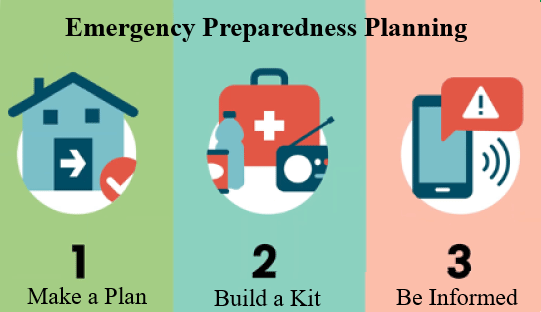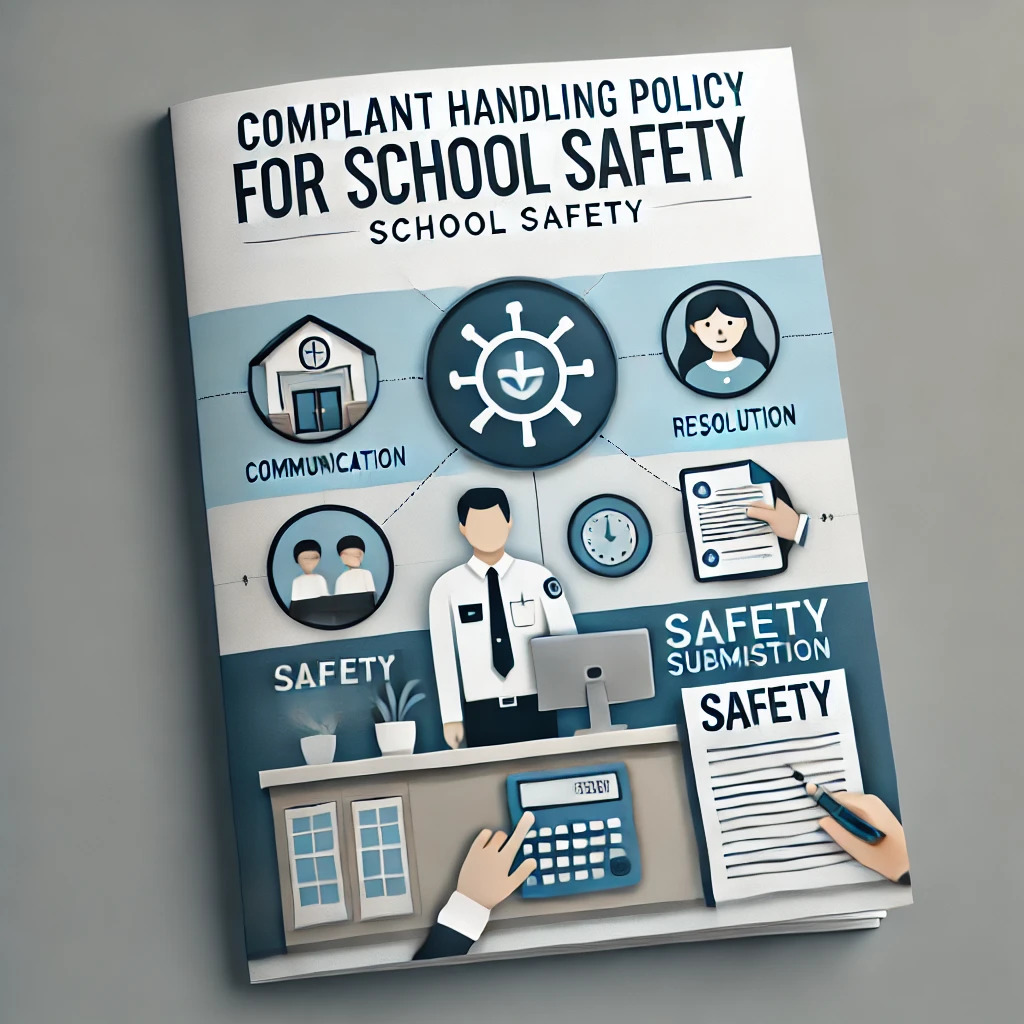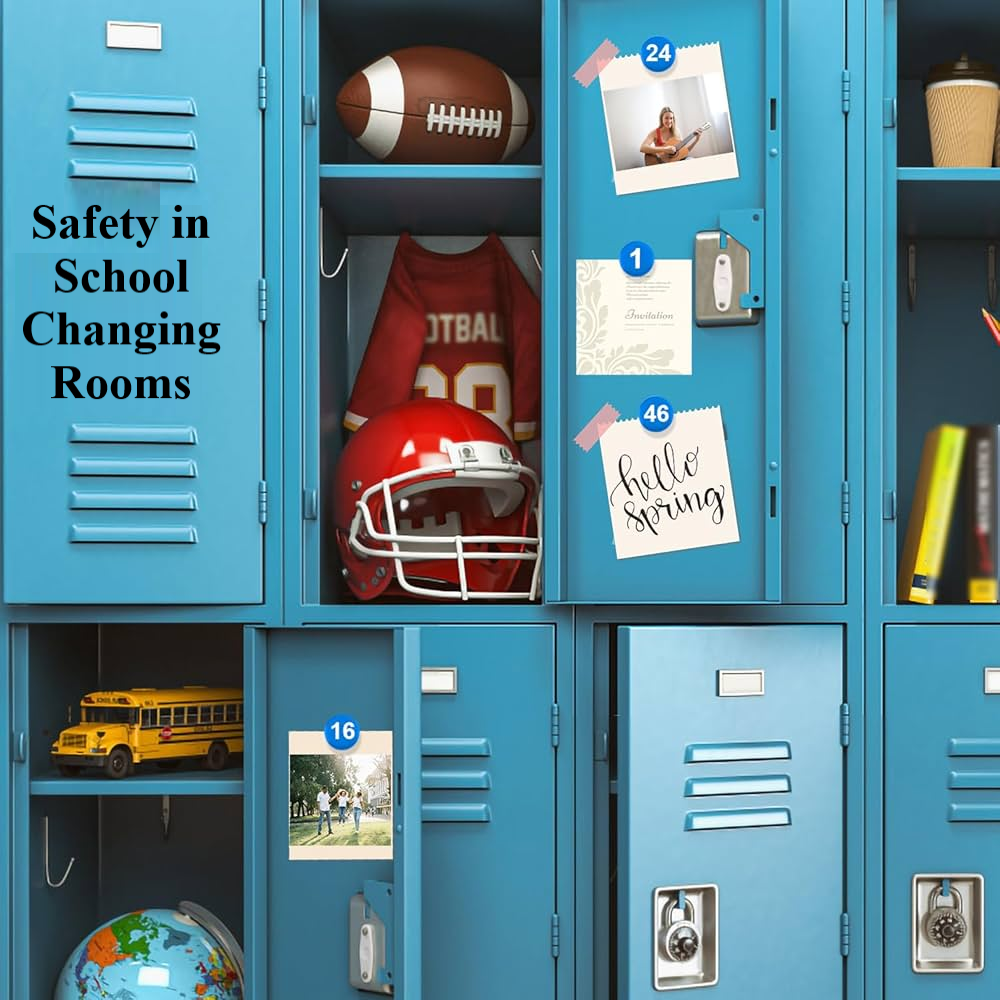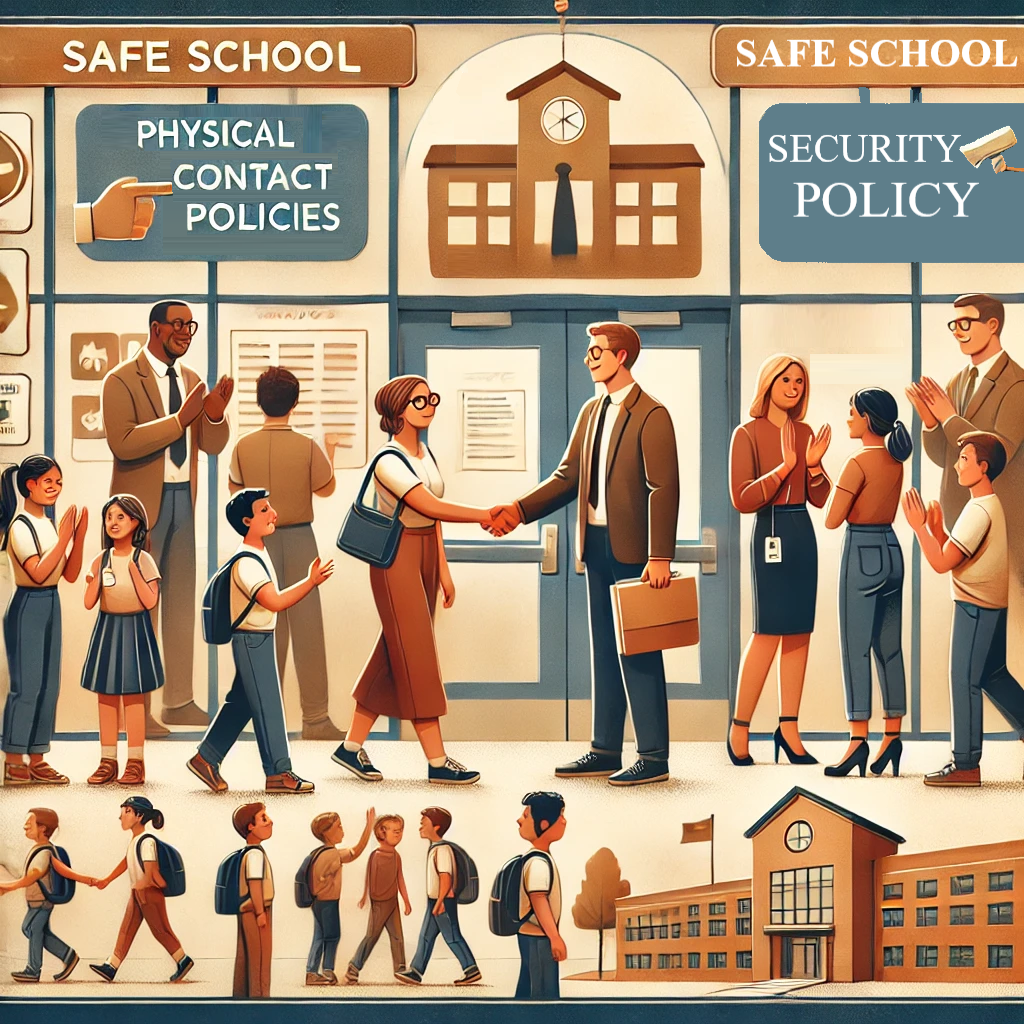Developing a Comprehensive Policy
for Managing Illness and Injuries in Schools
Introduction
Schools are not just centers for learning—they are environments where the
health and safety of children are paramount. A well-defined illness and injury
policy ensures clarity, minimizes confusion during emergencies, and provides a
framework to handle unexpected health incidents effectively. In this blog, we
explore the components and benefits of a robust school policy addressing
illness and injuries.
1. The Need for a
Comprehensive Policy
- Safety as a Priority: Schools have a
legal and moral obligation to ensure the health and safety of students and
staff.
- Proactive Risk Management: A defined
policy helps reduce risks, avoid panic, and ensures accountability during
emergencies.
2. Key Elements of
the Policy
- Assessment and Identification
Protocols: Guidelines for identifying illnesses and injuries. For instance,
how teachers or staff should respond to visible symptoms of flu or minor
injuries like sprains.
- First Aid Procedures: Clearly
outlining who is trained to administer first aid and what steps should be
taken until professional medical help arrives.
- Emergency Contact Systems: Steps for
promptly notifying parents, guardians, or emergency contacts.
3. Communication
Framework
- Transparency with Families: Policies
should include timely updates to parents while ensuring privacy
compliance.
- Integration with Technology: Using apps or
communication platforms to notify parents in real time about incidents or
outbreaks.
A comprehensive
policy not only promotes safety but also builds trust among parents, staff, and
the broader community. It is an investment in creating a secure, organized, and
prepared school environment.







































